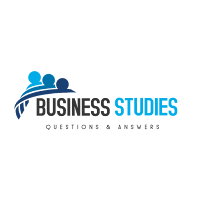Emerging Markets & Comparative Advantage

Q1. How does opportunity cost relate to comparative advantage? In a short essay, explain the connection between the two terms and provide an example for illustration. Answer: Comparative advantage refers to the ability of a party to produce a particular good or service at a lower opportunity cost than another. Even if one country has an absolute advantage in producing all goods, different countries could still have different comparative advantages. The trick to understanding comparative advantage is in the phrase "lower cost." What it costs someone to produce something is the opportunity cost the value of what is given up. Someone may have an absolute advantage at producing every single thing, but he has a comparative advantage at many fewer things, and probably only one or two things. Comparative advantage is a condition of a producer where it is better suited for the production of one good than another go...



